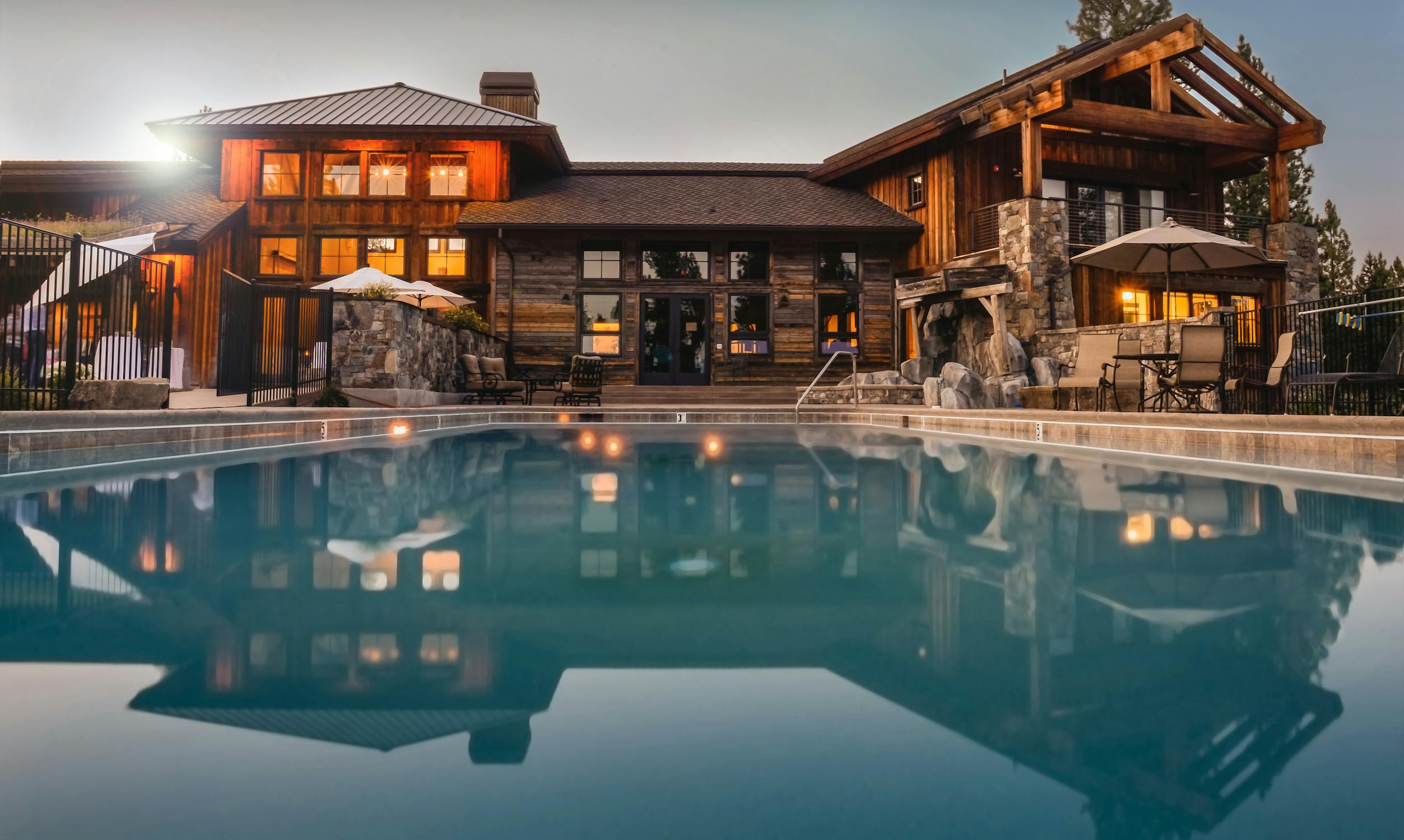You’ve probably seen the headlines saying new home inventory is back to levels we haven’t seen since 2009. And maybe that has you thinking, “Uh oh, is this 2008 all over again?” It’s totally fair—if you lived through the last housing crash, it’s natural to worry we might be headed down that same path.
But before you let the fear set in, take a deep breath—those headlines are often more about grabbing attention than giving you the full story. They’re meant to stir up emotion, not always explain what’s really going on. So let’s zoom out for a second and look at what the numbers are actually telling us.
This Isn’t a Repeat of 2008—Here’s Why
Yeah, it’s true—there are more new homes on the market now than we’ve seen since 2009. But that doesn’t mean it’s time to panic.
Here’s what really matters: when you look at the data on a graph, it’s obvious that 2009 wasn’t even the peak of the oversupply—it wasn’t close. The real spike happened back in 2007–2008. In fact, by 2009, things were already starting to cool off.

The overbuilding that helped trigger the housing crash? That actually happened before 2008—not in 2009. By then, builders were already starting to pump the brakes. So just because we’re seeing 2009-level inventory now doesn’t mean we’re repeating the same overbuilding mistakes from back then.
Builders Have Been Playing Catch-Up for Over 10 Years
Let’s look at a little more data to back this up. After the crash, builders really scaled things back—and they stayed cautious for years. For over a decade, we weren’t building nearly enough homes to keep up with demand. That long stretch of underbuilding led to a serious housing shortage, and we’re still feeling the effects of it today.
Check out the graph below—it uses Census data to show how many new homes were built each year over the past 52 years. You can easily spot the overbuilding before the crash (that’s in red), then the long stretch of underbuilding that followed (in orange), and now you can see we’re finally getting back to more normal construction levels.

Right now, things are different. Builders aren’t overbuilding—they’re just playing catch-up.
In a recent article, Odeta Kushi, Deputy Chief Economist at First American, points out this gap and explains why the recent boost in construction is actually a positive for today’s market—especially for buyers.
“This means more homes on the market and more options for home buyers, which is good news for a housing market that has been underbuilt for over a decade.”
Of course, just like with anything in real estate, supply and demand can look different depending on the market. Some areas may have more new homes, others might have fewer. But on a national level, there’s nothing to be concerned about. This isn’t a repeat of last time.













